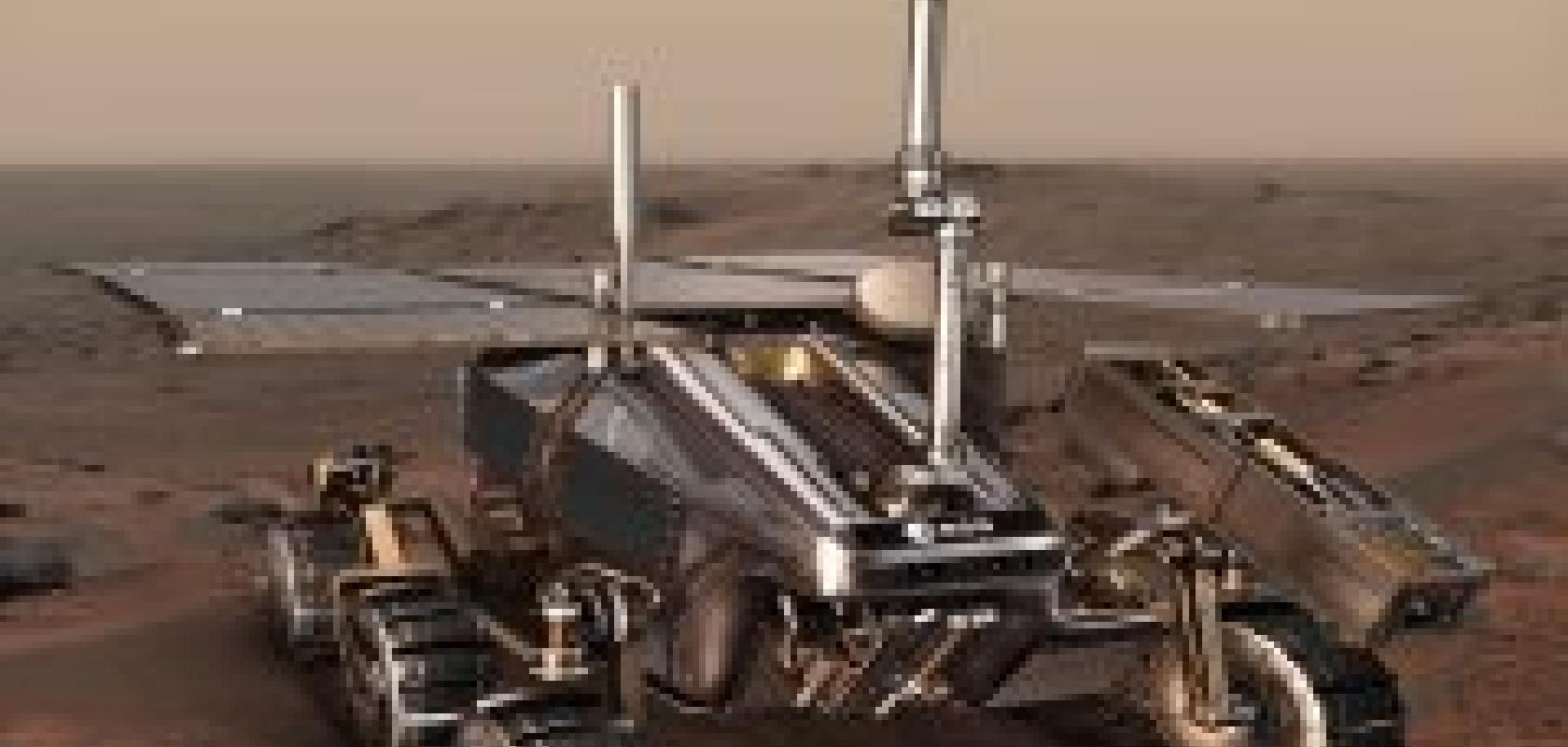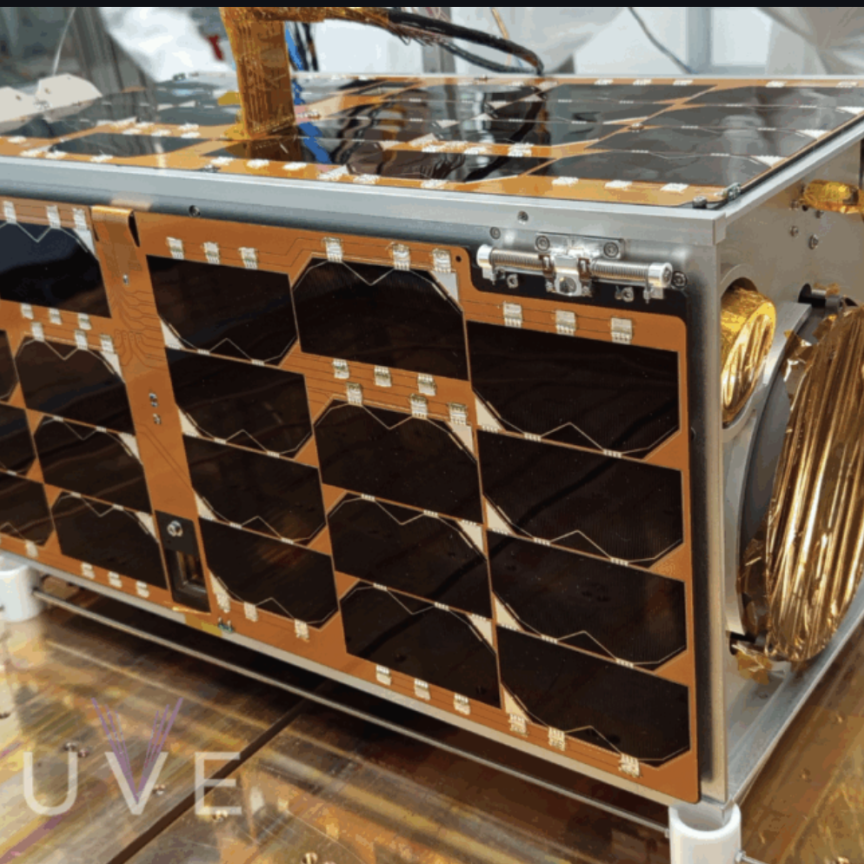Viticulture and winemaking combine both the artist’s intuition and the scientist’s precision to create the perfect bottle. From the pruning of the vines to the crushing, fermentation, and ageing of wine, literally hundreds of factors feed into the sweetness of an Asti Spumanti or the fruitiness of the Barolo.
And if you can’t honestly tell the difference between a Bourgogne and Bordeaux, help may be at hand – soon the terroir of a wine may make no difference at all, thanks to the blossoming market in portable spectrometers. ‘The goal is that the wine will be reflective not of the vineyards, but just of the different types of grapes,’ says Rob Randelman, vice president of sales and marketing at Ocean Optics, which provides such systems.
Alternatively, and possibly more probably in the competitive world of oenology, the spectrometers will actually be used to aid classification by region, ensuring each bottle fulfils the regulations of the region before it is labelled – something L’institut National des Appellations d'Origine will surely be pleased about, with its ever more stringent standards.
Most of the flavour (and colour) of wine actually comes from the skin, so the winegrower carries the spectrometers around the vineyard to analyse the grapes during cultivation and alter the conditions, such as the light exposure and water intake, accordingly. The system can also show the optimum time for harvest, and then, during, fermentation, the ratios of the different sugars and esters can be obtained to characterise the individual flavour of the wine; to obtain a less smoky, dry, or sweet taste, different crops may be added or the ageing process lengthened.
‘It has become very critical if you get an off-specification value,’ says Randelman. In the risky business of agriculture, the spectrometers may add a level of certainty that was previously unheard of.
So far, Ocean Optics’ systems have been employed in four small vineyards and two educational institutions, with a number of prospective customers. Of course, the advantages of this technology aren’t limited to winemaking: systems are currently being used for quality control in orange groves.
‘Due to the decreasing size of spectrometers, there has been a transition from research applications to industrial and near-online processing applications,’ says Randelman. In fact, the benefits of portable spectrometry aren’t limited to the food industry at all, with environmental applications proving to be a burgeoning market.
Now, the spectrometers can be carried to the field, rather than bringing samples, which may deteriorate, back to the lab. Rob Morris, director of marketing at Ocean Optics, explains how they are used to detect the levels of chlorophyll in plankton as an indication of the health of the lake. They are similarly being employed at the North Pole to study the health of mosses, as a sign of the state of ozone levels in the atmosphere.
Ocean Optics could be said to be a pioneer of portable spectrometry, having released miniature versions in the early 90s, but it is only more recently, with its upcoming Jaz family of instruments, that it has moved to a fully standalone system with its own individual computing power and display – a trend common to the spectrometry industry. ‘We are sticking our future on self-contained systems,’ says Morris.
In addition, he believes that while portability of UV and visible spectrometers is already well established, there is a growing trend for portable Raman and mass spectrometers too. m.u.t has followed this trend with the Tristan NIR for near-infrared spectroscopy.
This could see use in environmental endeavours – particularly in the treatment and use of biomass as fuel, which could help solve both pollution and energy problems. The spectrometers would be used to measure content, and control what products are added before combustion. ‘This is a big future market,’ says Volker Meliß, the marketing manager for m.u.t. ‘It’s an idea at the moment, but within a couple of years it could be in general use.’
One of the most critical applications could be in the identification of medicinal substances in pharmacies – at worst, to detect fake medicines. ‘In Germany, the pharmacies are required by law to prove the identity of medicine,’ he explains. ‘At the moment, that’s not possible, but it’s something under development by a few pharmacies at the moment.’
Due to its requirement for high sensitivity and a laser source, many have considered Raman spectroscopy unsuitable for the field – an opinion B&W Tek seems to have disproved with the debut of its MiniRam II at Photonics West earlier this year. B&W Tek overcame these problems using lightweight, low-cost diode lasers, thermoelectric cooling and a sensitive CCD sensor – with seemingly little compromise in performance.
Research groups are even talking about using this in medical applications – in particular, to measure the blood sugar level of diabetics through the skin, eliminating the need to take uncomfortable blood samples.
Security and defence applications prove to be one of the biggest markets for both Raman and visible spectrometry. Dr Jack Zhou, chief operating officer at B&W Tek, explains how the MiniRam II can used by the US police in law enforcement, to non-invasively analyse the contents of bags in customs. It can also be used to detect explosives, providing much more detailed information on site that can aid a better-informed decision on how to act in nerve-wracking situations.
The MiniRam II has also found an opening in geology and gemology, by providing an analysis of gem stones both by prospectors in the field, and by the stonecutters who can find detailed information about the structures and impurities of the rocks they are about to cut. However, these applications are far from comprehensive: ‘As the cost decreases, and the performance increases, its use as a tool will increase,’ says Zhou. ‘We haven’t discovered all the applications yet.’ 
The MiniRam II from B&W Tek is used in heavy security applications
Zhou listed three categories that most applications fall into: those with an unstable sample that needs to be analysed in situ; those where the sample can’t be transported, such as expensive paintings; and those with time-sensitive results, where transportation would ruin the validity of the data.
None of this accounts for possibly the most exciting application of Avantes’ lightweight spectrometer, due to land on Mars in 2015 as part of the ExoMars mission by the European Space Agency. The AvaSpec will measure the spectrum of UV radiation and its reflection on the surface of Mars. It’s believed that Mars once had a similar atmosphere to Earth, so the mission could tell us how it was destroyed and what part UV radiation had in this, with possible implications on the future of the Earth’s ozone layer. It will be the first time such measurements have been taken from the surface of Mars.
Clearly a compact size is vitally important in such situations. ‘The Mars Lander is only 8kg in weight,’ says Benno Oderkerk, technical director of Avantes, ‘and the spectrometer is only a few hundred grams. It’s as portable as you can get.’
It is possible, however, that spectrometers will find uses much, much closer to home. Oderkirk believes they may soon become a household object, providing an early warning system for sunburn, and helping users to match their lipstick with their hair. ‘There are so many possibilities for doing spectral applications, even in the consumer market,’ he enthuses. ‘They’re only just beginning to evolve.’ Soon we may all carry one in our pocket to help us choose that perfect bottle of wine.
The ExoMars Rover, with an AvaSpec portable spectrometer, is scheduled to land on Mars in 2015
Anyone who’s seen Perfume: The Story of a Murderer, or read the novel by Patrick Süskind, will know the importance of scent, but in the 21st century, we do not need the hypersensitive nose of Jean-Baptiste Grenouille to detect the underlying ingredients of an aroma.
Newport’s OSM-400 spectrometer has been applied to detect the delicate fingerprints of a perfume, and to identify fakes within the market. The method uses laser spectroscopy, also used for colour identification, and can detect the slightest traces of erroneous ingredients.
Thomas Bartholomäus, European product line manager for Newport, believes that spectroscopy has benefited from the general trends of consumer products. ‘There certainly has been a big trend for smaller systems. With smaller computers, and readily available touch screens, it is much easier than it would have been 20 years ago.’
Bartholomäus, however, doesn’t believe that this is necessarily set to continue to its possible extreme. Instead, he says, efforts will go into improving data transfer rates with Ethernet and USB interfaces, and providing greater sensitivity.
The OSM-400 from Newport is compact and self-contained, with its own touch screen control


